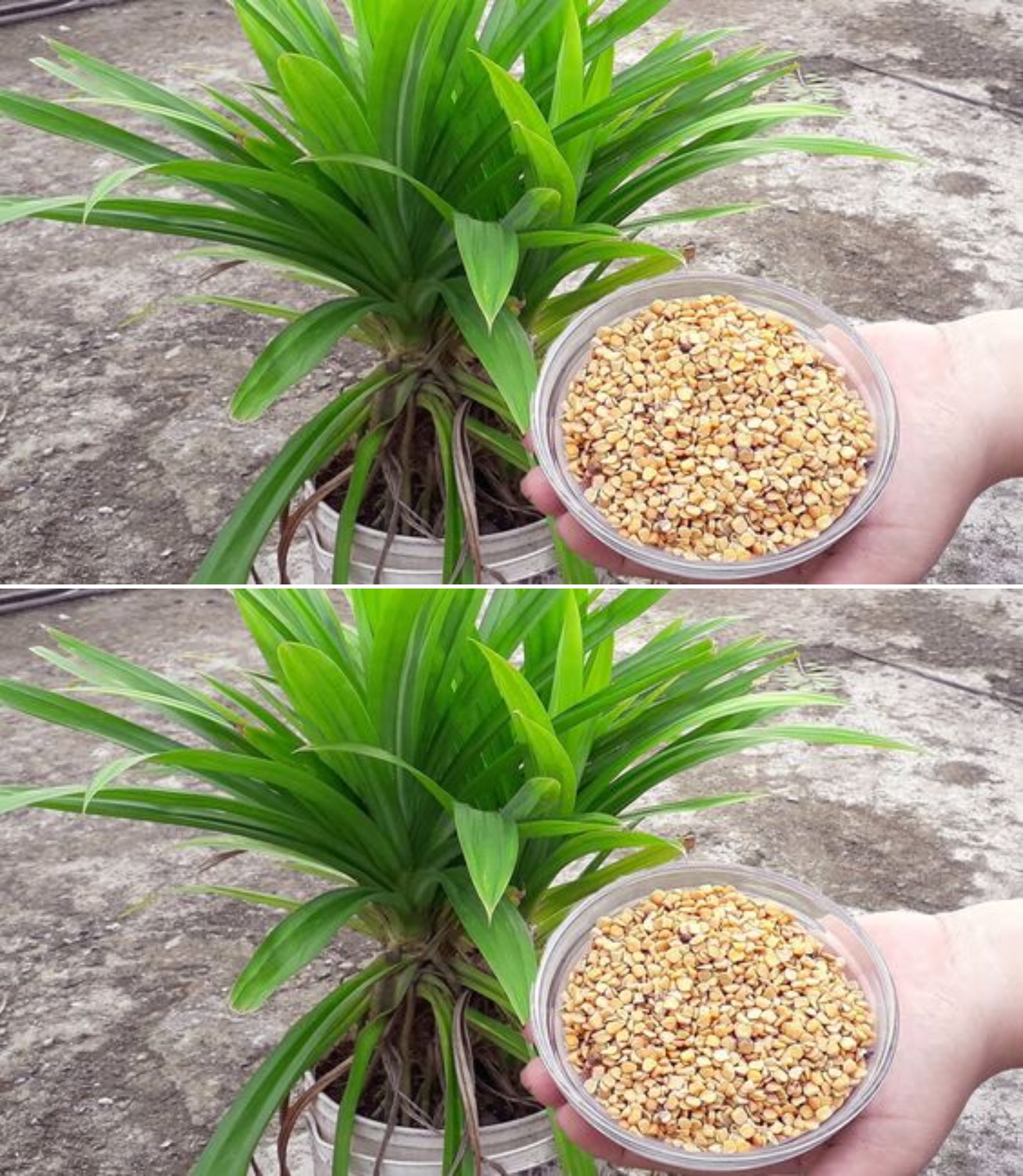With this powerful ingredient, flowering is guaranteed for a minimum of three years. Experts explain what to use and how.

Red lentils serve as an outstanding natural reservoir of nutrients for plants, containing essential elements such as nitrogen, phosphorus, and potassium that contribute to the vigorous development and well-being of plants. Maintaining a careful equilibrium in incorporating red lentils involves adopting precise agronomic or gardening techniques customized to meet the unique requirements of your plants. Discover effective strategies for harnessing the potential of this potent component to ensure prolonged and flourishing plant growth.
Red Lentils: A Key Ingredient for Plant Flowering
Beyond their role in cooking, red lentils represent a rich source of natural nourishment for plants. They contain vital plant nutrients, with nitrogen fostering vegetative growth, phosphorus supporting flowering and fruiting, and potassium boosting disease resistance and cold tolerance. Incorporating red lentils into your plant care routine can significantly enhance overall growth and productivity.
To leverage the advantages of red lentils for your plants, you can choose between commercial products featuring red lentil extract or craft a homemade fertilizer. In a do-it-yourself approach, immerse red lentils in water for approximately three hours and then dilute the soaked water in clean water. This nutrient-packed liquid can be administered to plants through watering or leaf spraying.

Alternative Uses of Lentils in Plant Care
An alternative approach to make use of red lentils involves composting lentil remnants, including unused skins and seeds. This method generates valuable humus, acting as an organic fertilizer. Not only does it diminish food waste, but it also facilitates the recycling of nutrients back into the soil.

Emphasizing the incorporation of red lentils into plant care requires a comprehensive strategy that encompasses effective soil management and agronomic practices. Adapting the application of red lentil-based fertilizers to meet the distinct nutrient requirements of each plant is crucial. Moreover, seeking guidance from agricultural specialists or experienced gardeners can offer valuable advice on the ideal dosage and frequency of utilization for achieving optimal plant health and blooming.
